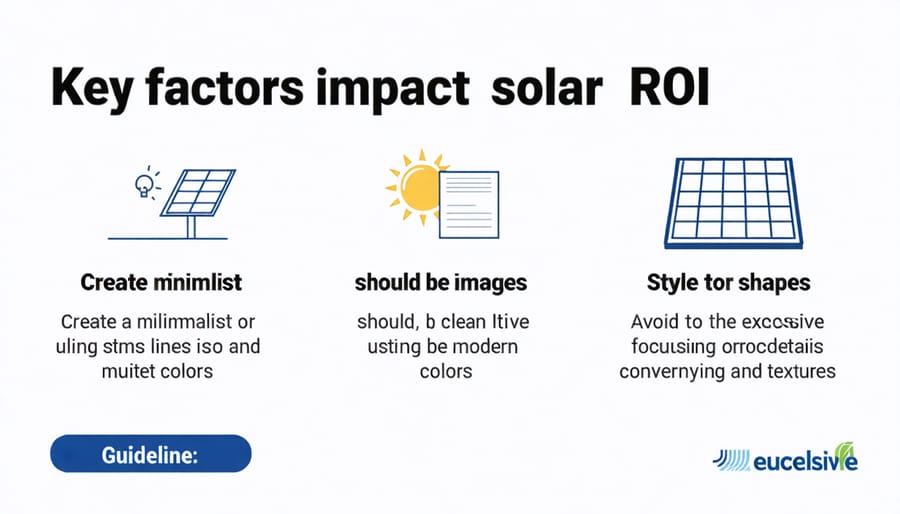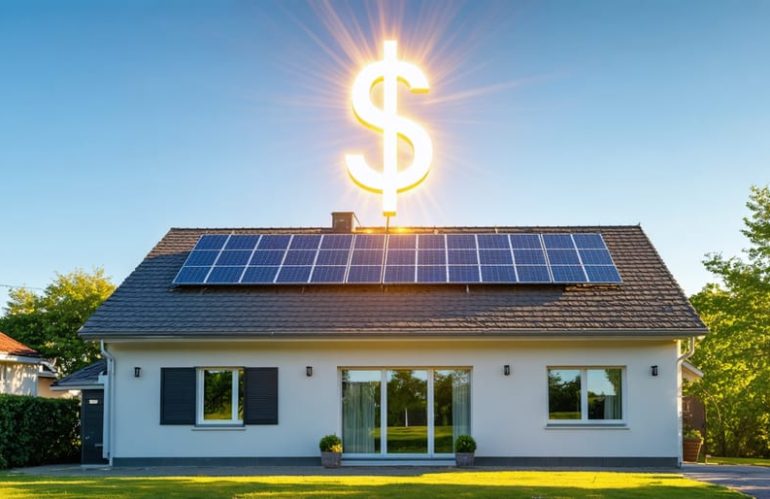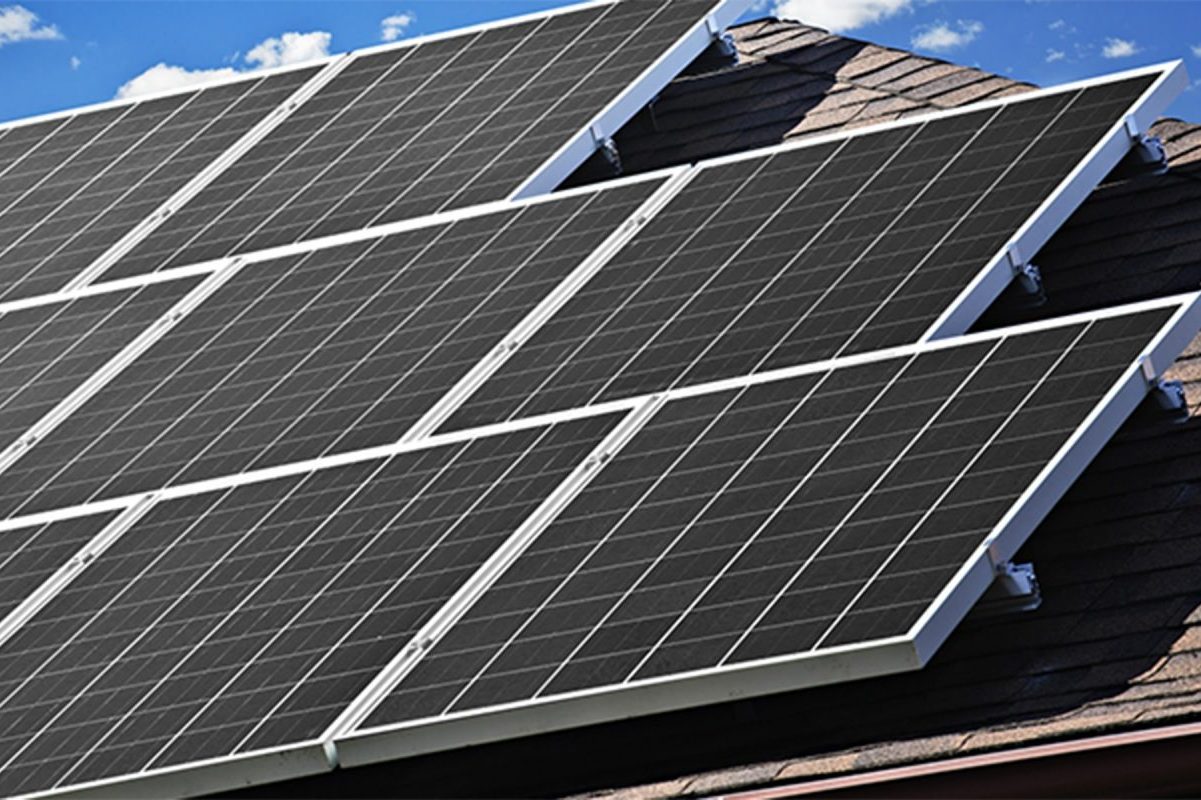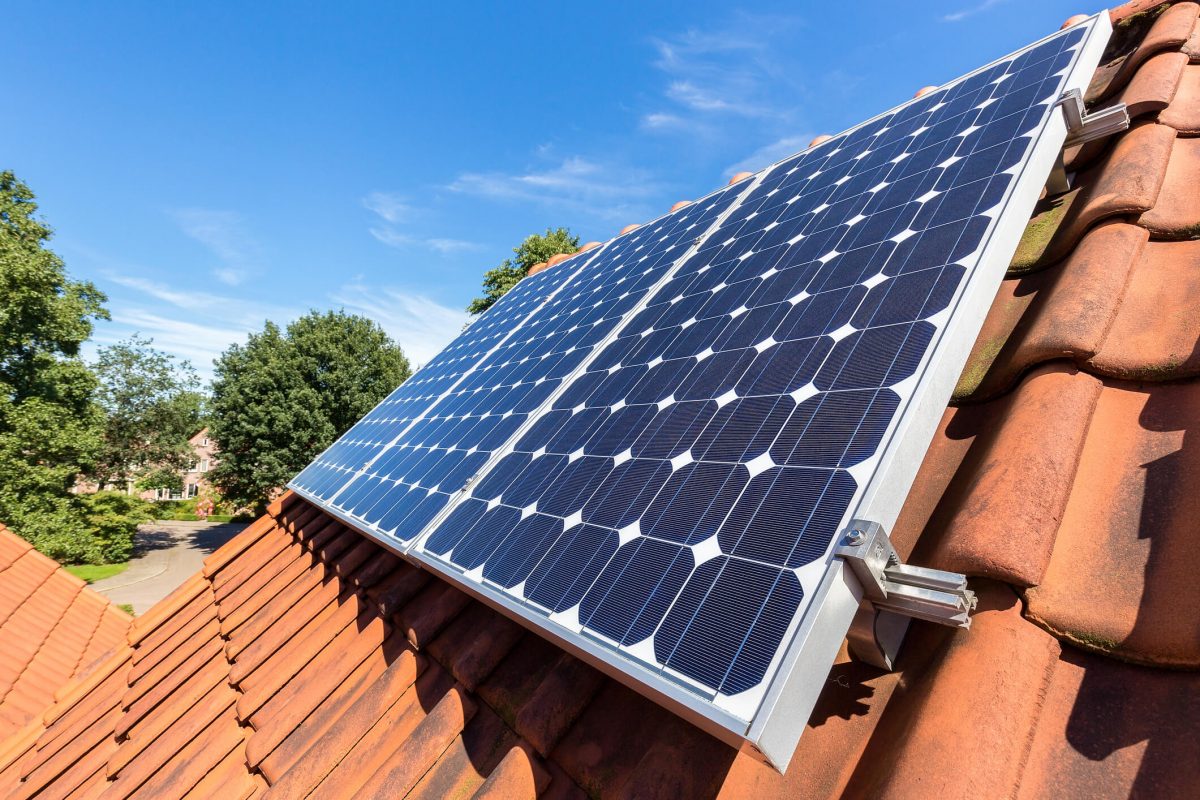Discover the remarkable return on investment (ROI) of solar panels and how they can save the planet and your wallet. By harnessing the power of the sun, homeowners can generate clean, renewable energy that significantly reduces or eliminates their monthly electricity bills. Over the 25-30 year lifespan of a solar panel system, the savings on energy costs can far exceed the initial installation investment, resulting in an impressive ROI. Factors like location, system size, and available incentives influence the exact ROI, but many homeowners see returns of 10-30% or more. With solar panel costs declining and efficiency improving, now is the perfect time to invest in this eco-friendly technology that offers both environmental and financial benefits. Learn how to calculate your potential solar ROI and take the first step towards energy independence and long-term savings.
Understanding Solar Panel ROI

Factors That Impact Solar ROI
Several key factors impact the return on investment for residential solar panel systems. The upfront system cost, including equipment and installation, is a major consideration. Costs vary based on system size, panel efficiency, and local market conditions. Financing options like solar loans can make the initial investment more manageable.
Electricity rates also play a significant role in solar ROI. Homeowners in areas with higher utility rates generally see better returns, as solar offsets more expensive grid power. The amount of sunlight your home receives, determined by geographic location and roof orientation, affects solar production and savings potential.
Government incentives and rebates can substantially improve the financial equation for going solar. The federal investment tax credit allows you to deduct 26% of your solar costs from your taxes. Many states, municipalities, and utilities also offer additional incentives that enhance ROI.
Other factors like panel degradation rate, system maintenance needs, and your home’s energy efficiency impact long-term performance and returns. Reputable solar installers can provide detailed projections based on your specific circumstances.
While the upfront cost may seem daunting, solar panels typically pay for themselves within 6-10 years. After that, they generate free electricity for decades. When you factor in energy bill savings, tax credits, and the potential boost to your home’s value, solar can be a smart investment in your financial and environmental future.
Average ROI for Residential Solar
The average return on investment for residential solar panels typically ranges from 10% to 30%, depending on factors like system size, electricity rates, incentives, and location. In most cases, homeowners can expect to break even on their solar investment within 7 to 12 years. Over the 25+ year lifespan of a solar panel system, this translates to significant savings on electricity bills and a substantial return on the initial investment.
Compared to other home improvement projects, solar panels offer one of the highest ROIs. While a minor kitchen remodel or bathroom update may recoup around 60-70% of the cost, solar panels can potentially provide a 200% return or more over their lifetime. Plus, solar panels add value to your home, making it more attractive to environmentally-conscious buyers if you decide to sell.
With rising electricity costs and the increasing affordability of solar technology, the financial benefits of going solar have never been clearer. By generating your own clean energy, you can insulate yourself from utility rate hikes and enjoy decades of free electricity after your system pays for itself. When you crunch the numbers, it’s easy to see why so many homeowners are turning to solar as a smart, sustainable investment in their future.
Calculating Your Home’s Solar ROI

Getting an Accurate Solar Quote
To get an accurate solar quote, request detailed proposals from multiple reputable installers. Provide them with your home’s location, roof size, shading, and energy usage data. A comprehensive quote should include system size, panel type, inverter specifications, and estimated energy production. Look for proposals that offer transparent pricing, quality components, warranties, and financing options.
Compare quotes beyond just the bottom line – consider the company’s experience, customer reviews, and after-sales support. Don’t hesitate to ask questions about their assumptions, calculations, and any unclear details. A trustworthy installer will take the time to explain their proposal and ensure you’re comfortable with the projected ROI before making a decision. Getting multiple detailed quotes allows you to make an informed choice and maximize your solar investment’s returns.
Estimating Your Energy Production
To estimate your solar energy production, use tools like the National Renewable Energy Laboratory’s PVWatts Calculator. This user-friendly tool factors in your location, system size, panel orientation, and other specifications to provide a personalized estimate of your annual solar electricity generation. When inputting your system specs, consider panel wattage, inverter efficiency, and any shading or obstructions that may impact production. Remember, your actual energy output may vary based on weather conditions and system maintenance, but these tools offer a reliable baseline for calculating your potential savings and return on investment. By accurately estimating your energy production, you can make informed decisions about the financial viability of going solar for your home.
Factoring in Incentives and Rebates
When calculating the ROI for solar panels, it’s essential to factor in any available incentives and rebates that can significantly reduce your upfront costs. The federal government offers a solar investment tax credit (ITC), which allows you to deduct 26% of your solar installation costs from your federal taxes. This incentive is set to decrease to 22% in 2023 and expire in 2024 for residential installations, so acting soon can maximize your savings.
Many states, counties, and utility companies also offer their own incentives, such as grants, rebates, and performance-based incentives (PBIs). These can vary widely depending on your location, so research your local options thoroughly. Websites like the Database of State Incentives for Renewables & Efficiency (DSIRE) provide a comprehensive list of available incentives by state.
To calculate the impact of incentives on your ROI, first determine your total installation costs and subtract any applicable rebates or grants. Then, calculate your tax credit by multiplying the remaining cost by the current ITC rate (26% for 2022). Subtract this amount from your post-rebate costs to determine your net investment. Use this figure when calculating your ROI to get a more accurate picture of your solar panels’ financial performance.
Long-Term Financial Benefits
Property Value Increases
Adding solar panels to your home not only reduces energy costs but also significantly increases home values. According to a recent Zillow study, homes with solar panels sell for 4.1% more on average than comparable homes without solar. This translates to an additional $9,274 for the median-valued home in the U.S. Furthermore, a Berkeley Lab report found that buyers are consistently willing to pay more for homes with solar PV systems, with premiums ranging from $3.78 to $4.29 per watt of installed capacity. These studies demonstrate that investing in solar not only saves you money on utility bills but also enhances your property value and marketability when it’s time to sell.
Decades of Free Electricity
Once your solar panel system is paid off, typically within 7-10 years, you can enjoy decades of free electricity. With most solar panels designed to last 25-30 years or more, this translates to significant long-term savings on your energy bills. Imagine the financial freedom of not having to worry about rising electricity costs for the majority of your solar panels’ lifespan. This benefit alone can result in tens of thousands of dollars saved over the years, making solar a smart investment for your home and your wallet. As you calculate the ROI of solar panels, be sure to factor in these long-term savings that continue to accrue well after you’ve recouped your initial costs. Switching to solar not only benefits the environment but also provides a reliable source of clean energy that can power your home for decades to come, all while keeping more money in your pocket.
Conclusion
In conclusion, investing in solar panels can provide a substantial return on investment for homeowners. The exact ROI depends on various factors such as your location, energy usage, system size, and available incentives. However, with the right setup and conditions, solar energy systems can pay for themselves in just a few years while providing long-term savings on electricity bills. Additionally, going solar helps reduce your carbon footprint and contributes to a more sustainable future. To get a clear picture of your potential solar ROI, it’s best to consult with a professional installer and request getting a personalized quote based on your specific needs and property. With the numerous benefits and attractive returns, investing in solar panels proves to be a smart choice for both your wallet and the environment.









